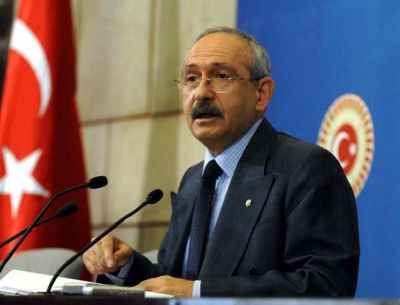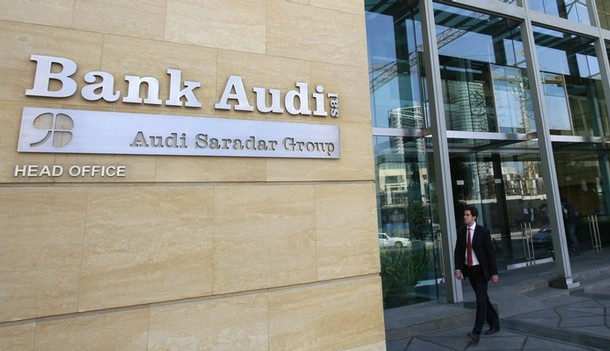Turkish Central Bank Governor Injects Confidence into the Market
Central Bank has made no change in its yearly inflation forecast of 6.9 percent amid growing concerns of Turkish Lira losing value. The bank also sees no need for an increase in key interest rate
Central Bank Governor Erdem Başçı says tne ratio of Turkey’s current account deficit to gross domestic product will would remain one digit despite a negative IMF forecast.Despite a recent depreciation of the Turkish Lira, the Central Bank kept its year end inflation expectation unchanged and to remain somewhere between 5.9 percent and 7.9, said the latest report released by the Bank on Thursday.
Central Bank Gov. Erdem Başçı told journalists during a press meeting in the capital city of Ankara that the inflation would probably stand at a mid-point of 6.9 percent.
The new bank policy gives priority to price stability, still it also cared for the financial stability, Başçı said.
The Bank’s year-end forecast on oil prices is 115 dollars per barrel. The report also said the inflation rate for food would stay at about 7.5 percent.
Başçı said 2012 inflation figures were predicted to stand between 3.5 percent and 6.9 percent with a mid-point of 5.2 percent, adding that the medium term target for inflation was 5 percent. The governor also said the rate was supposed to gain stability at a level of 5 percent in the middle run.
No expected change in devaluation or interest rate increase
Although Başci admits that a possible devaluation of the Turkish Lira would have negative effects on the inflation, he does not believe the lira will suffer much devaluation, if any.
“No one can claim that the lira is over-valued. The Lira is already creating a maximum effect on the current account deficit,” Başci said. “…Today there is no additional value-gaining pressure on the lira. It is valued more than 20 percent less than currencies of similar countries.”
The possibility of a rise in the key interest rate was too low, the governor also openly said. The bank does not see a need for a rate increase, but still the rate was a tool that should exist.
Further measures to cool down the economy would be over stocks, creating no additional costs for banks, he said.
Injecting confidence into the market
Başçı also said the current account gap’s ratio to gross domestic product would remain one digit, contradicting unlike the International Monetary Fund forecast. The IMF said earlier that the gap would jump to 10.5 percent of the GDP, this year from 6.7 percent in 2010.
The 12-month rolling current account gap reached a level of $68.2 billion in May, from $63.4 billion in April. The country grew by 8.9 percent in 2010.
The governor also forecasted a growth depending on foreign demand, which already started in the second quarter. The exchange rate would play an important role in this growth to continue in the third and fourth quarter.
In a note to investors after the release of the report and Başçı’s statements, Nordea Emerging Markets Research said “With these comments, it is likely that we have seen the bottom in the Turkish Lira for now but we will not change any short-term forecasts until we see more evidence from economic data of improved current account and credit growth…”
The main element in Central Bank’s both inflation and interest rate projections, the Bank acknowledged that the current situation is closer to a scenario in which global risk creates downward pressure in the markets, said Banu Kıvcı Tokalı, chief economist at Destek Securities. “The Central Bank might continue its low interest rate and high reserve rate requirement policy for a longer period of time as the bank’s signs to this direction,” Tokalı said. According to her, the Bank is trying to inject confidence into the markets regarding the country’s fiscal policy and general outlook of the economy.
July 28, 2011
SOURCE: HURRIYET DAILY NEWS





